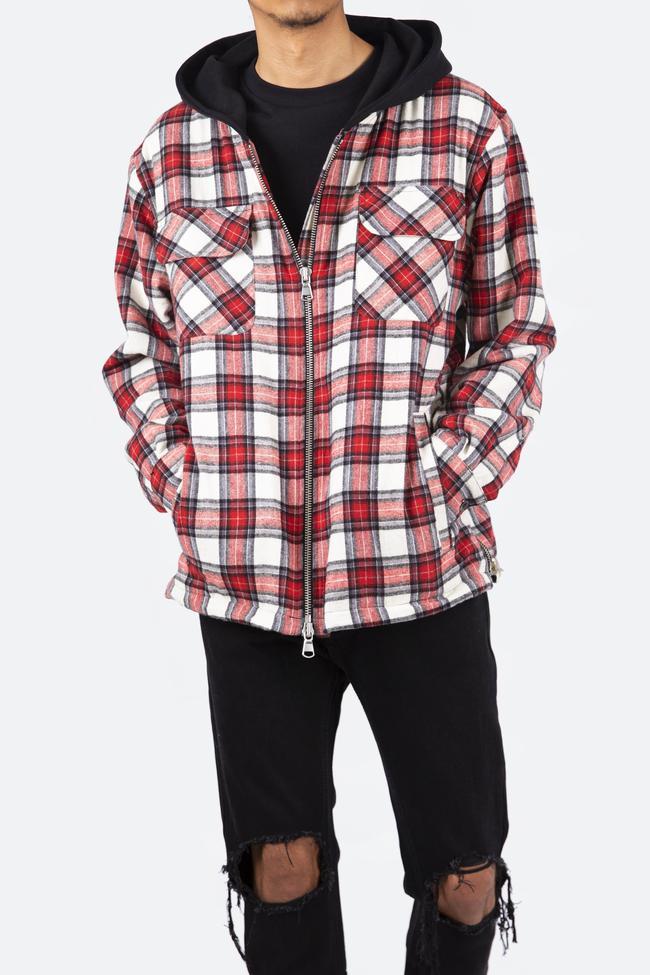

But this would not have been possible without Gorgias's integration with Shopify. In this way, MNML's support agents are doubling as sales reps. Thus, MNML agents can jump in those tickets within seconds, reply to the specific questions, and close the deal while increasing engagement and check-out conversion rate. A Facebook Messenger ticket is created only if the customer types manually, which means only when the bot is not able to reply anymore. That's where Gorgias makes sense: with Gorgias, user generated quick-replies and bot replies won’t create extra tickets in your helpdesk. The bot is not a sales person! Human contact is highly valuable, especially when you deal with highly-qualified leads, which is definitely the case when retargeting abandoned carts. The thing is, with the ShopMessage Messenger bot, agents often need to jump in the conversation to cover the "human" part of the sale.

This way, MNML easily re-engages with potential customers. This process re-opens the dialog and drives people back to the Shopify check out page, thus increasing sales. MNML's retargeting strategy to recover abandoned shopping carts mainly consists in auto-sending messages via Facebook, using ShopMessage, one of Gorgias's partners. When most of your growth relies on social networks and when re-marketing happens on Facebook, you need a solid integration between support and social media. Migrating to Gorgias to better address Social Media

Not only did Gorgias offer the ability to perform Shopify actions from the help desk, but it also allowed them to manage Facebook Messenger within the same dashboard, thanks to a native one-click integration. So he started to look for a new solution and came across Gorgias in April 2018. On top of that, Ian Anderson spotted a lack of integration with their e-commerce platform, Shopify. They found it not too intuitive and hard to navigate on. However, agents started to complain about Zendesk. The choice was made by default, knowing the popularity of this software. So they hired an in-house team of agents and invested in their first support platform: Zendesk. With the soaring of sales well beyond initial forecasts, the company decided to invest in support. The choice of Zendesk, the help desk "by default" It quickly became very clear that they should start using a help desk, not only to enjoy the magic of using macros instead of copy-pasting messages, but also to gather and manage support on “non-classic” communication channels. He was typing out emails from scratch, over and over again, copy-pasting some classic answers to common questions, which became overwhelming and confusing at the same time. When the company first started, Ian Anderson - the Operations Manager - was the only one doing support, using a classic mail app on his laptop.


 0 kommentar(er)
0 kommentar(er)
